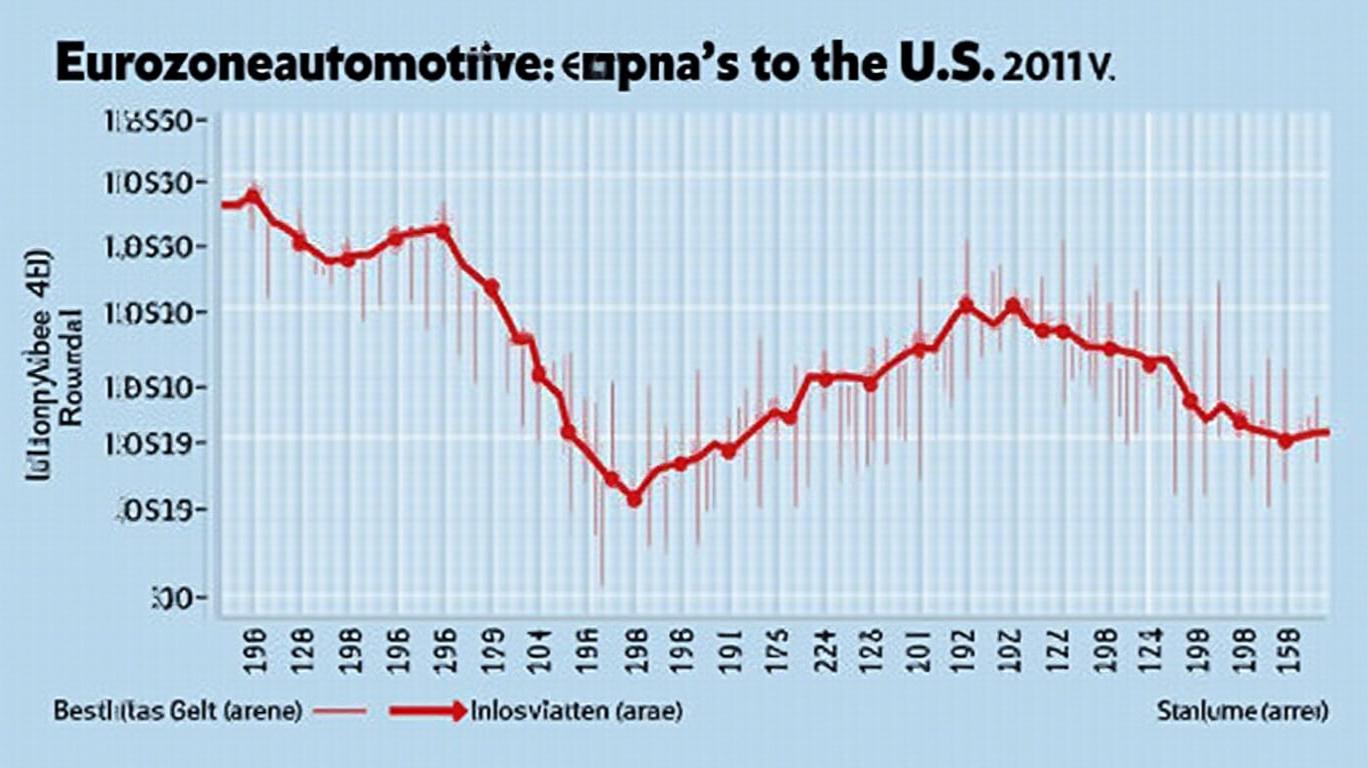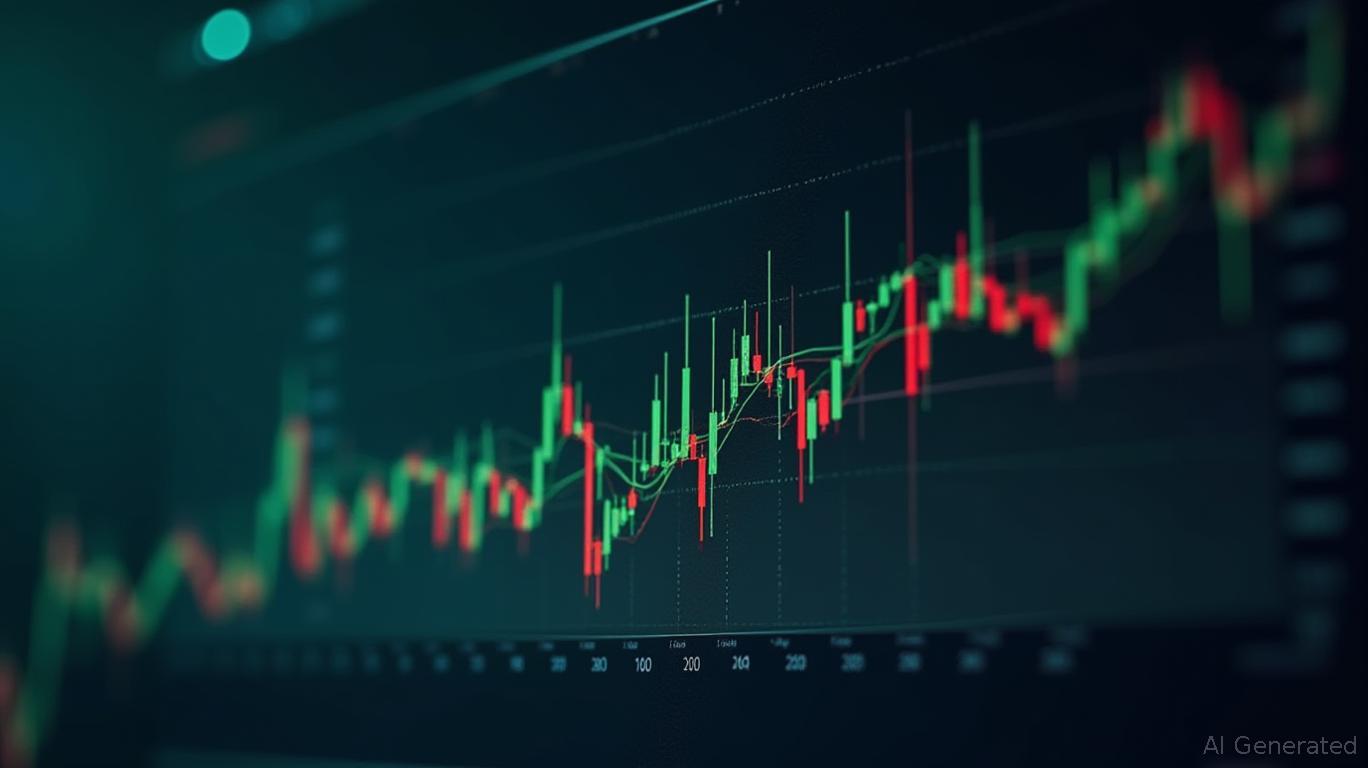Navigating Uncertainty: The ECB’s Crucial June Meeting Amid Tariff Turmoil
The European Central Bank (ECB) faces a pivotal moment in its June 2025 meeting, as policymakers grapple with the dual challenges of U.S. tariffs and shifting inflation dynamics. Dutch central bank governor Klaas Knot, a key ECB decision-maker, has emphasized the unprecedented uncertainties shaping this meeting, particularly the tension between short-term disinflationary pressures and medium-term risks tied to trade tensions. For investors, this crossroads underscores the need to balance caution with strategic foresight.
The Tariff Dilemma: A Double-Edged Sword
Knot’s remarks to Financieele Dagblad (FD) reveal a stark paradox: while U.S. tariffs on European goods initially dampen inflation through reduced demand and weaker growth, they also introduce long-term volatility. In the near term, the “demand shock” from tariffs—coupled with a stronger euro and falling energy prices—has pushed inflation lower. Knot described this as a “tax without revenue,” akin to pandemic-era uncertainty, which could ease price pressures in the short run.
However, the medium-term outlook is far less certain. Retaliatory tariffs from European governments, supply chain disruptions, and fiscal stimulus (e.g., Germany’s infrastructure spending) could reignite inflation. Knot warned that without clarity on trade policies, the ECB must avoid overreacting to transient trends.

Rate Cuts on the Table—But Not Without Hesitation
Markets are pricing in a potential ECB rate cut in June, following April’s 25-basis-point reduction. Knot, however, remains “fully open-minded,” stressing that the decision hinges on updated inflation projections. While short-term disinflation supports easing, Knot cautions that political decisions—such as whether the EU imposes countermeasures—could shift the trajectory abruptly.
Data to show declining inflation aligning with the ECB’s 2% target, alongside recent rate cuts.
The ECB’s “neutral” policy rate range (1.75%–2.25%) aims to avoid stifling growth while maintaining price stability. Knot argues that aggressive cuts risk unsettling markets without clear justification. This cautious stance reflects the ECB’s broader data-driven approach, as policymakers weigh conflicting signals.
Geopolitics and Growth: A Fragile Balance
Knot highlighted how trade tensions have already dented growth forecasts. The IMF has noted slowing business investment amid tariff-related uncertainty, while a stronger euro reduces export competitiveness. Yet, opportunities exist: Knot envisions Europe leveraging this crisis to strengthen geopolitical influence, provided leaders act decisively.
For investors, this means monitoring not just economic data but also political developments. A visual on equity markets could illustrate the impact of policy clarity (or ambiguity):
Data to show equity volatility linked to currency fluctuations and trade policy headlines.
Conclusion: Caution and Flexibility Are Key
The ECB’s June meeting is a microcosm of today’s global economic landscape—fraught with uncertainty but offering strategic opportunities. Knot’s emphasis on data dependency and a “neutral” rate range suggests the ECB will likely cut rates modestly, but only if inflation trends confirm disinflation.
Investors should focus on sectors insulated from tariff risks, such as domestic services or tech, while avoiding export-heavy industries exposed to currency swings. Defensive plays, such as bonds or dividend stocks, may also outperform if volatility persists.
Crucially, the ECB’s path depends on two factors: the resolution of U.S.-EU tariff disputes and the resilience of domestic demand. As Knot noted, “It’s way too early to take a position”—a sentiment investors would be wise to heed.
With inflation on track to meet targets but risks lurking, the ECB’s nuanced approach underscores the need for patience and diversification. In this era of geopolitical turbulence, flexibility remains the ultimate hedge.









